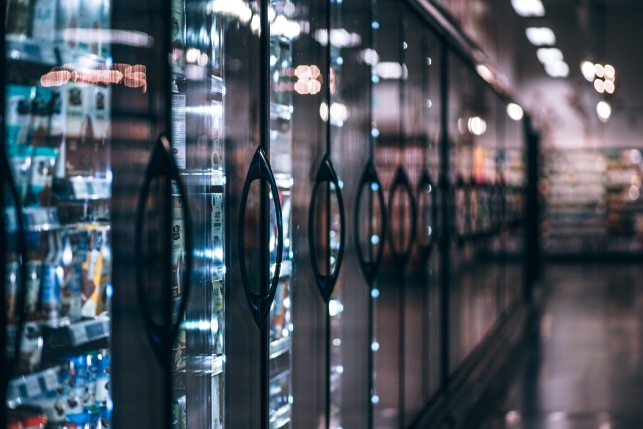When it comes to differentiating between blast chiller and shock freezer, there is often some confusion as to what sets the two apart.
While they are specifically invented to chill and lower the temperature of hot foods quickly without compromising its taste, nutritional value and appearance, they work very differently.
For starters, blast chiller utilizes cooling technology, while shock freezer uses freezing technology. With blast chiller, the core temperature of food can be reduced from 90°C to 3°C. On the other hand, shock freezer can freeze the food from 3°C down to -18°C at remarkable speeds.
Blast chilling system is a necessity for food operators as it helps lengthen the shelf life of foods and also cool down inventory for a short period of time. Bacteria grows most rapidly when the food is at a range of temperature between 10°C to 62°C. With this cooling technology, cooked foods can be chilled within 90 minutes, thus reducing the risk of food deterioration. If cooked food can be cooled down as fast as possible, the growth of harmful bacteria can be eliminated and food can be stored longer without losing its texture and flavour.
By investing in a blast chiller, food operators can save time as well as money. This chilling system enables efficient storage for large amount of ingredients and food while retaining freshness at all times. As such, food operators can save up a lot of time in food production because large quantities of dishes can be prepared ahead of time. Also, food operators can purchase quality seasonal ingredients in advance when they are cheap, so it helps to save money and reduce food production costs. All of these also allows the cook to have more time for creativity in order to create wider menu for customers. Not to mention that when using blast chillers, there is no need for the food to be thawed or defrosted.
The benefits of blast chiller are the same as the shock freezer. However, shock freezer has a particular advantage over the normal freezer, which is the speed of the freezing process. Shock freezer can freeze the cooked foods or raw materials at super speeds. Common refrigerator, by contrast, is not equipped with the specifications that allow it to quickly absorb the heat of the food. Also, the duration needed for chilling food might be 6 to 8 times slower than the shock freezer. The slow freezing process would turn the liquids within the food to large ice crystals and the ice crystals will expand in size over time and rip the food’s structure apart. Eventually, this crystallization process affects the food quality. In this regard, shock freezer can effectively reduce the temperature of cooked food without losing the food’s gravy, aroma, flavour and firmness. This is because with smaller ice crystals being formed, the damage that can result from a standard freezing process is minimized. This process is ideal for all food products that need to be preserved at a storage temperature of -18°C at the core of the product.
Moreover, the benefit of blast chiller and shock freezer is that they meet food safety standards. Both blast chiller and shock freezer operate in full compliance with HACCP standards to ensure food safety.
In short, blast chiller and shock freezer provides a fast and hygienic cooling choice for F&B businesses everywhere.



